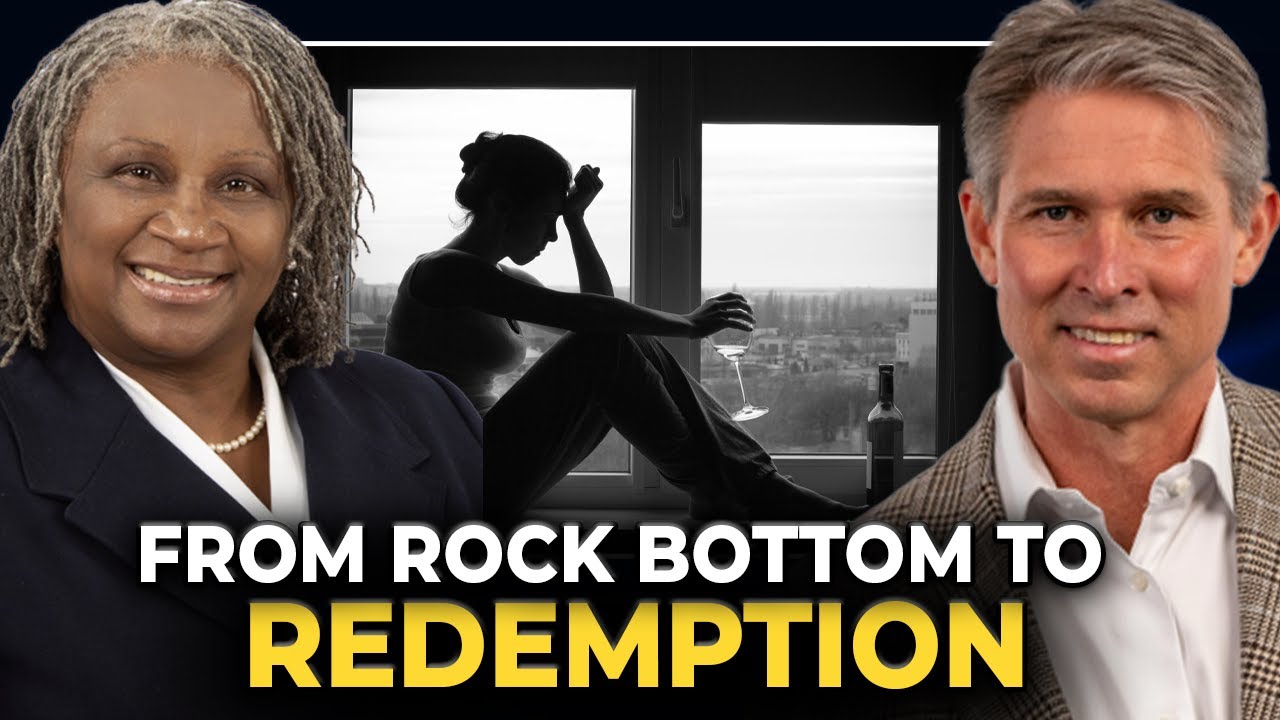Picture a young girl in Alabama, just two years old, feeling an overwhelming sense of not fitting in. In a world filled with the sounds of the Ku Klux Klan, where the crackle of flames danced in the night and the echo of hooves on dirt roads sent chills down her spine, Maggie Young’s childhood was painted with fear. She recalls those early moments not only as memories but as the foundation of her identity a child meant to be seen and not heard, grappling with feelings of isolation that would follow her for years. At the age of ten and a half, Maggie’s life took a pivotal turn when her mother decided to move the family to Connecticut.
This shift was more than a change of scenery; it was a leap into the unknown, a culture shock that left Maggie grappling with a new environment that felt foreign and unwelcoming. The vibrant streets of Connecticut contrasted sharply with the shadows of her past, and she found herself lost in a whirlwind of confusion and loneliness. But it was during this time that Maggie began to forge her path, though it would not be without its struggles.
Over the next decade, she found herself in and out of jail, battling drug addiction that stemmed from her desire to escape the pain of her past. The stigma of being an addict hung heavy on her shoulders, distorting her identity and complicating her reentry into society after incarceration. Each time she stepped out of prison, she faced the world anew, yet the shadows of her past loomed large. Amid the turmoil, a turning point emerged during a recovery class in prison.
In that moment of reflection, Maggie confronted a profound truth: she had never truly been happy. This realization marked the beginning of a long journey toward recovery and self discovery. It was a moment that sparked something within her, igniting the determination to reclaim her life from the grips of addiction. As Maggie navigated the rocky road of recovery, she eventually became a client of the very program that would change her life forever.
With each passing year, she embraced her journey, transforming her pain into purpose as she became the Chief Recovery Officer for Liberation Programs. Today, as she celebrates her 33rd anniversary of sobriety, Maggie’s story serves as a beacon for others, illustrating that recovery is not just possible but can lead to a life filled with meaning and connection. Reflecting on her journey, Maggie often speaks of the importance of sharing her story with those still trapped in the cycle of addiction.
She understands the weight of stigma and the impact it has on individuals striving for change. Her experiences, from the fear of her childhood to the struggles of addiction, have equipped her with the tools to help others find their own paths to recovery. “I want those in prison to know that recovery is possible and that a fulfilling life awaits them,” she often shares, embodying the hope she wishes to instill in others. Maggie Young’s life is a testament to the idea that change is not only possible but can also be profound. Her journey from a fearful child in Alabama to a leader in the recovery community exemplifies the strength of the human spirit.
It highlights the importance of community, connection, and the willingness to embrace vulnerability in the pursuit of healing. As we listen to her story, we are reminded that every individual has the capacity for change and that our past does not have to define our future. Maggie’s experiences resonate deeply, encouraging us to foster understanding and compassion for those who are still struggling. In her words, there is a powerful message: recovery is not just about overcoming addiction, it is about finding a way back to oneself and embracing the possibility of a life filled with hope and purpose.

